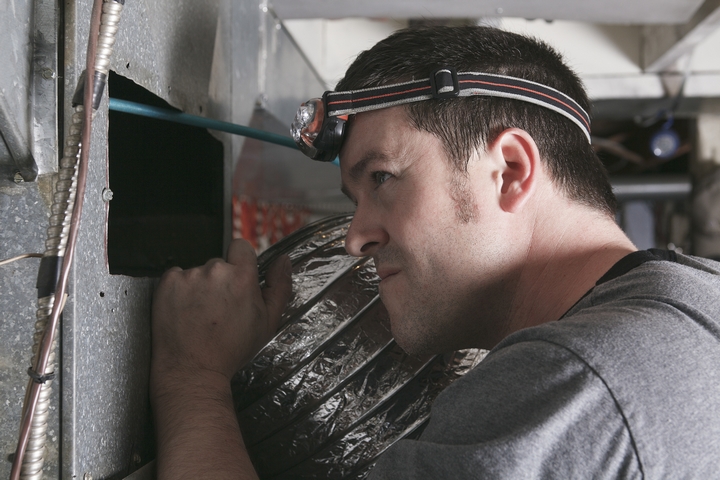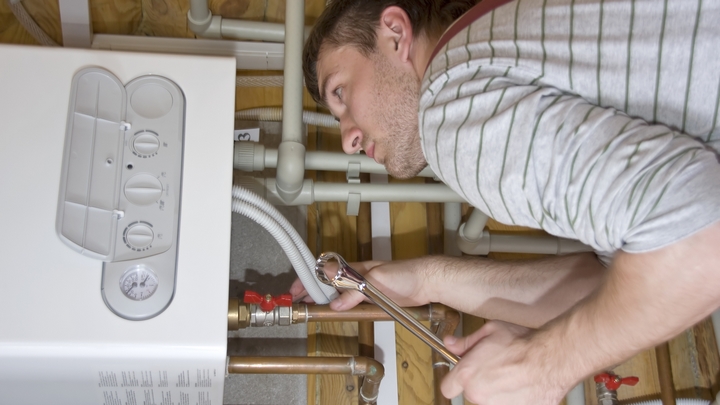Basements tend to be more vulnerable to moisture and flooding than other areas of the house, and these problems can cause serious damage to your house’s foundation. Properly waterproofing your basement is the best way to prevent this type of damage.
But there are a few things you need to know before you decide what type of waterproofing you need:
1. Cracks in walls, the floor, and around windows are the best places for moisture to seep through

Even the tiniest crack in your walls or floor can let in a massive amount of moisture, widening the crack itself and eventually causing other structural damage. Cracks near windows tend to let in the most moisture, especially if the windows themselves are old.
You can fill these cracks in yourself with a Liquid Concrete Repair Kit, or hire a professional to do it for you.
2. Waterproofing paint actually works—to a point

Waterproofing paint is a great way to prevent minor seepage, and when applied properly it can also significantly reduce the risk of mold. It isn’t actually a miracle substance that will cure all your moisture-related problems, and it needs to be applied properly to work at all.
This is another thing that’s fairly simple to do on your own, but if you’re short on time you can also hire a professional to do it.
3. You might need new insulation

The right insulation is essential for preventing moisture problems. For most Canadian homes the best insulation is XPS, AKA polystyrene or Rigid Foam Board. XPS is extremely resistant to both water and mold. It won’t provide perfect protection for your drywall, but if mold or moisture issues start on your drywall you can see them early and fix them; if your insulation gets moldy you probably won’t notice until it’s a very serious issue. XPS is also extremely efficient, as it retains its insulating power longer than other options.
XPS insulation will cost you significantly more up front than other types of insulation, but the benefits of this investment cannot be overstated. You can save a lot of money by doing it yourself, but this is a massive, time-consuming project, and even a tiny mistake can make it much longer. Your best bet is to hire a professional plumber to do this for you.
4. Exterior basement waterproofing is an extensive process

You can take all the right steps to waterproof your basement’s interior, but it won’t help if there are issues with the exterior of your house. A full waterproofing job requires digging around your entire house and coating the foundation with a waterproof membrane. You are definitely going to want professional help with this.
That said, there are also some exterior waterproofing steps you can take on your own.
5. You might still need a dehumidifier

Basements are prone to collecting moisture even if you’ve taken all of the appropriate waterproofing steps, and a dehumidifier is the best way to combat remaining moisture.
When choosing a dehumidifier, pay careful attention to how much air it actually cycles. You want to make sure that your dehumidifier can actually filter all the air in your basement. It should also have an automatic shutoff to prevent overflow if the water tank fills when you’re not around to change it.

